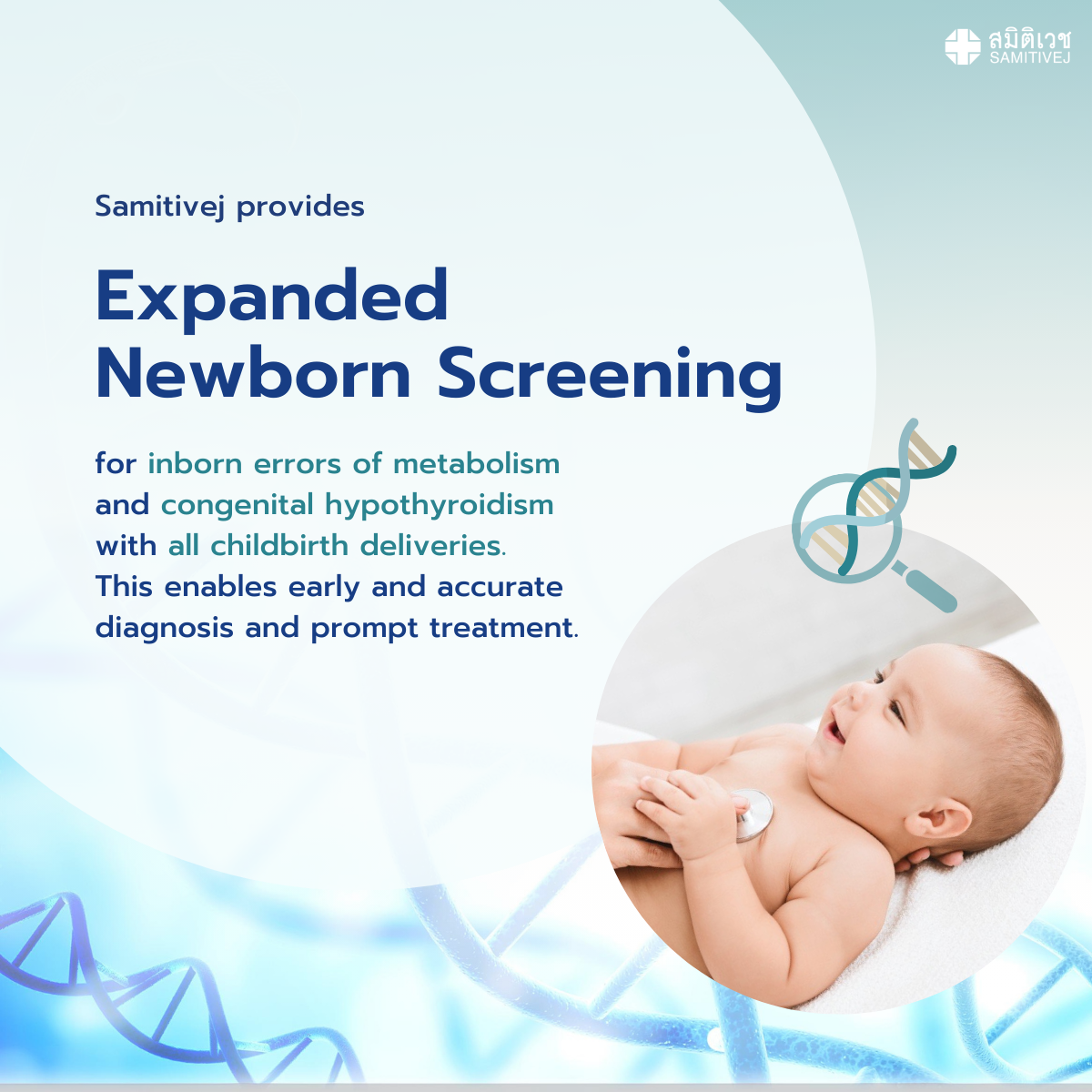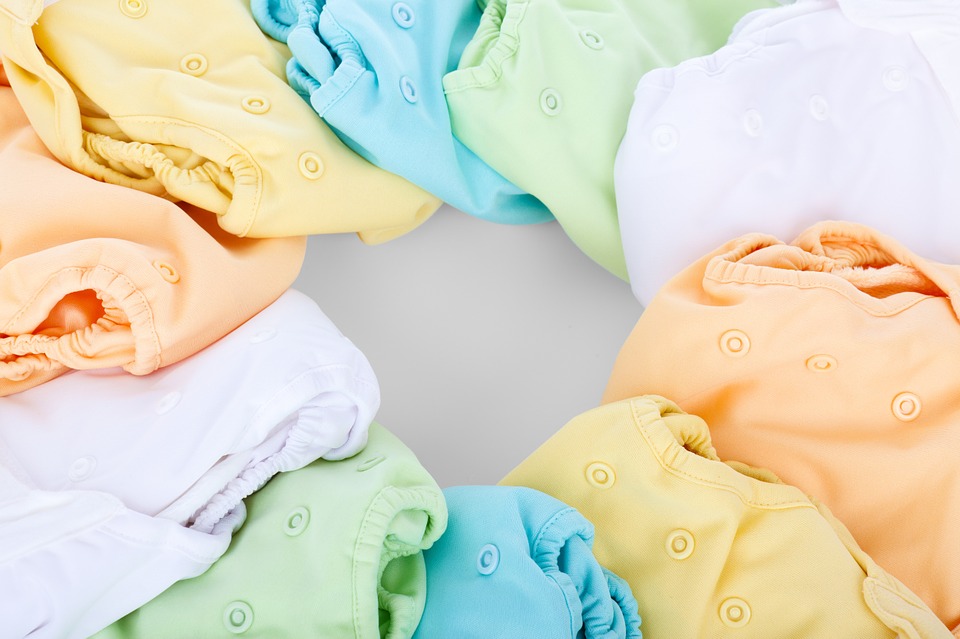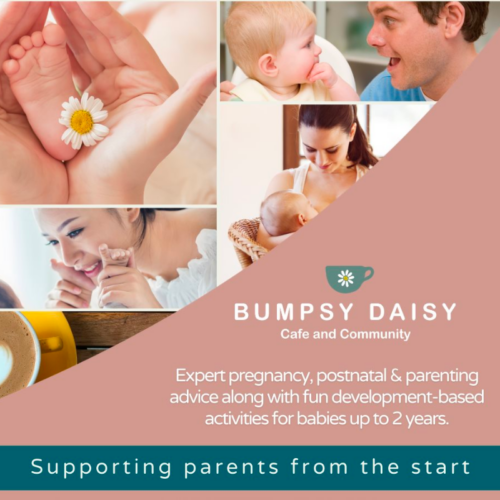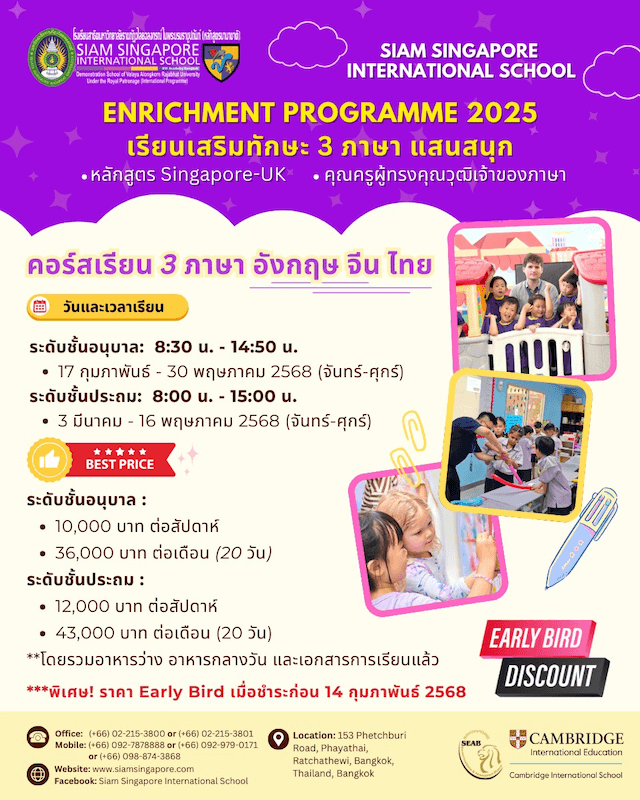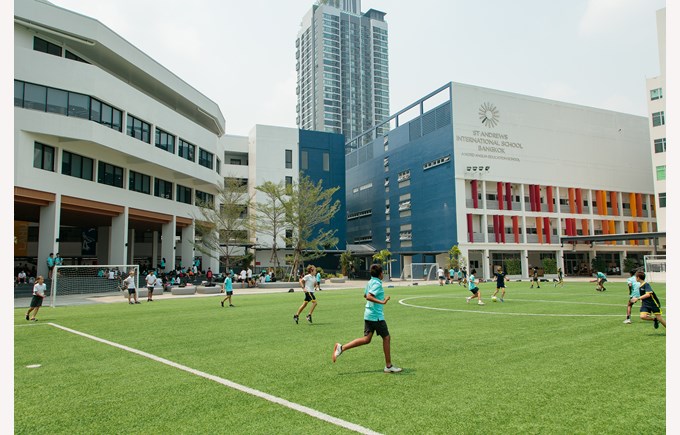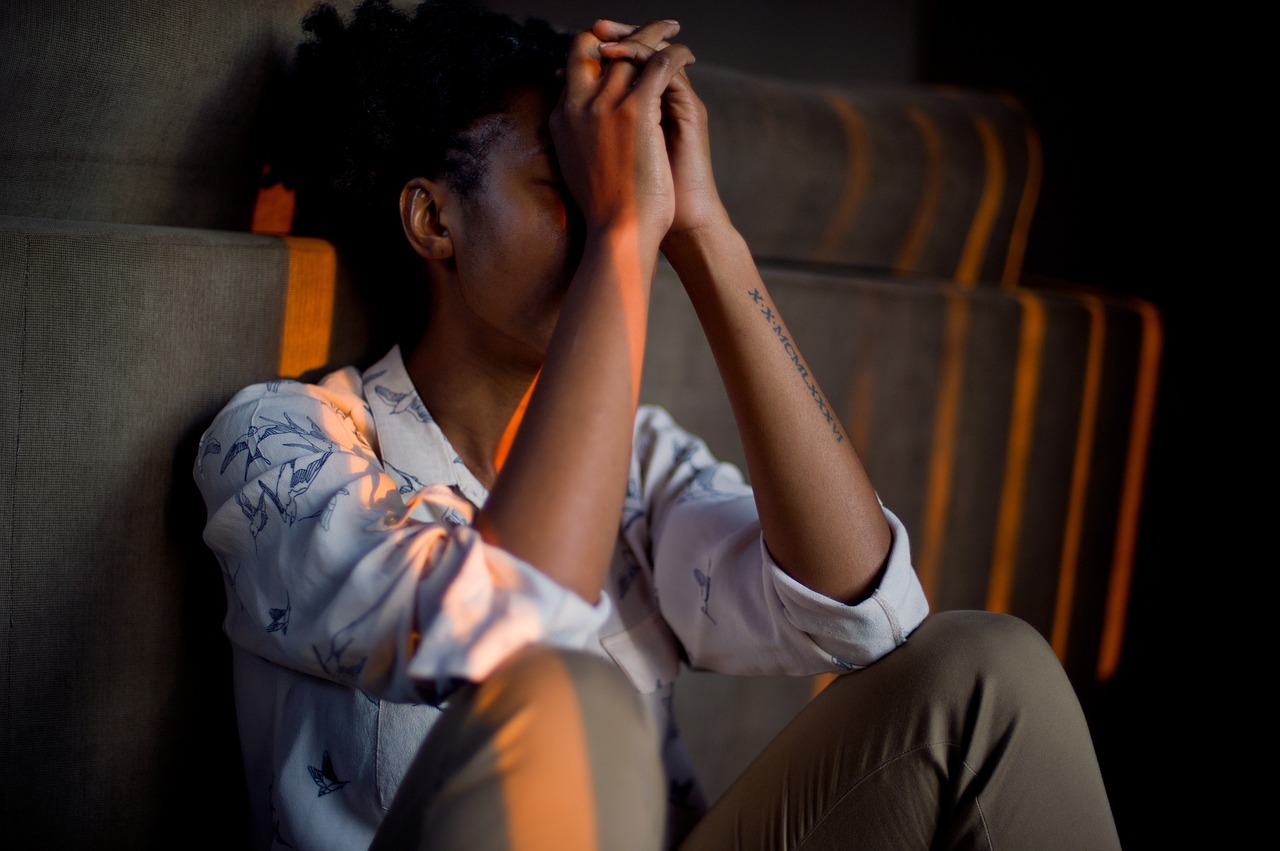They’re squelchy, smelly, potentially full of poo, and by the time your child is two years old they’ll probably have gone through 5,300 of them. Nappies are no joke for your nose, your wallet or landfill sites.
If you’re looking for a cheaper, greener option you have probably considered reusables but it’s not always clear where to get them in Bangkok, or how to use them. We’ve put together a short guide to help you figure out if they might be a good option for you and your little one.
First things first: are they greener?
There is debate over whether reusable nappies are actually better for the environment. It takes a lot of water and energy to grow cotton (although there are options made from bamboo). It also takes a lot of water and energy to wash your reusables. On this basis, some studies showed the environmental impact of disposables and reusables to be the same. But since then the energy efficiency on washing machines has vastly improved. And if you use your common sense energy saving brain: ie, don’t wash the nappies at 90 degrees, don’t use the tumble drier (you shouldn’t need to in Bangkok), you’ll reduce that impact even more. If you use them for a second child the impact on natural resources reduces by a further 40 percent.
We won’t go into the detail of the debate here, as Wendy Priesnitz has done an excellent job of that in her article. But the upshot is: yes, there are environmental impacts to reusables. They’re still more sustainable than disposables.
How do they work?
There are many different types of reusable and it might take a bit of research and trial and error to work out what’s best for you.
Traditional, foldable cloth nappies are absorbent and more likely to fit newborns but will need to be combined with a waterproof outer shell to stop leaks. They can be done up with special nappy clips so you don’t need to mess around with pins.
You can also buy shaped nappies that look like a disposable – most fasten using poppers or velcro. Some of them have inbuilt pockets where you can put absorbent inserts to help stop leaks. The inserts can be removed and dried separately.
With the shaped nappies you can use a thin flushable liner to catch most of the solid waste which can help stop the nappy bucket getting too pongy (if you feel like it, you can watch a video on how they work here. Baboon Baby produces a roll made from organic bamboo pulp with 100 single use sheets. You can also buy liner from AntNMe.
There’s a very helpful breakdown of how reusable nappies work and how to wash and dry them here. Key takeaways: don’t leave them soaking in a bucket, don’t use fabric softener, use non-bio detergent and use a longer cycle to ensure they’re all fully rinsed through.
Saloni Jirathaneswongse, founder of Bangkok Greenie and The Urban Green Scene, shares her experience and tips of reusables in Bangkok:
“I’ve been using reusables since my little one was born. No nappy rashes and I save money in the long term as I can use the diapers for multiple children. Even if I didn’t save money, I feel the health advantage and the reduction of my child’s environmental footprint are both more important.
“One thing I did buy was a small second washing machine. This means that I can rinse them and pop them in the washing and run a cycle whenever I need to. I also use reusable wipes so these get washed in here too.
“I was very lucky that my sister in law was coming from the US. All of mine are from Green Mountain Diapers. My issue with local diapers was that they are made of micro fleece which is crazy hot. The ones I bought are organic unbleached cotton and some bamboo.”
Where can I get them?
The Urban Green Scene has gathered together a list of Thailand based reusable nappy suppliers.
Not mentioned on their list, but worth checking out, is Baboon Baby. You can buy their products, including rolls of liner, on the BPA Free baby shop website and they have a stall at the Baby Best Buy Expos. Naturally Bebe stocks the Hong Kong brand of reusable nappy, Charlie Banana.
If you are thinking of buying abroad, or getting them bought over or shipped (bearing in mind the latter might be offsetting some of the environmental benefits), the following brands get great feedback from parents:
Wipes and disposables
It might not always be practical to use reusables. For example, if you’re on a long journey and don’t want to lug around a poo-scented bag of soiled nappies with you everywhere. Many parents also find it easier to use disposables at night. If you’d rather stick to a more eco-friendly option for your disposables you can order Muumi Baby for delivery in Thailand. This Norwegian brand is chlorine free, hypoallergenic, and claims Nordic Ecolabel status.
The other major landfill clogger you might find yourself chugging through is baby wipes. You can try making these yourself – there’s a few guides online. Or you can buy at BabyKids95 and make your own cleansing solution from water, coconut oil and liquid baby soap. Another option that ships to Thailand is Cheeky Wipes. The all in one kit contains everything you need to make and transport your own.
One last tip
An airtight nappy bucket for the dirties will come in very handy, as will lots of pegs!
Go forth and conquer those bottoms, green warriors.
Register your email address here and we’ll notify you when new articles get uploaded.



